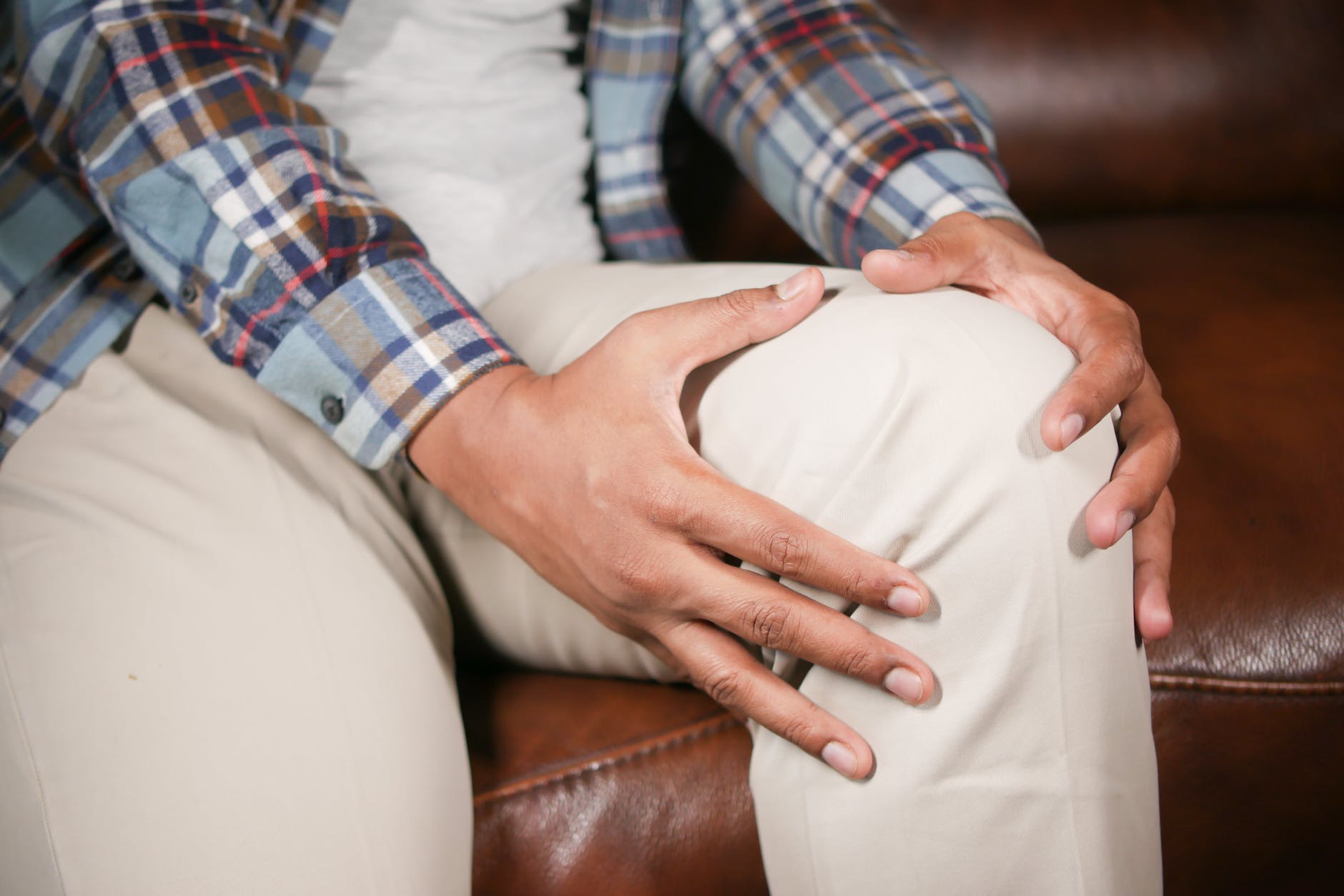
knee pain
Sudden knee pain after a rigorous game or an intense workout can be agonizing. If you’re facing such a situation, you’re likely pondering immediate relief options or even looking for a chiro near Gatineau. In this article, we’ll dive deep into various approaches that can alleviate knee pain effectively and quickly.
The R.I.C.E method
The R.I.C.E method goes beyond mere first aid; it’s a scientifically-backed approach for immediate injury management. Resting your knee ensures you don’t exacerbate the injury. Ice application needs precision; the cycle of applying and removing ice can play a significant role in how quickly your knee recovers.
Compression, when done correctly with a bandage or a compression sleeve, not only reduces swelling but also keeps the knee in alignment, which is crucial for the healing process. Elevation is not merely lifting your leg; the angle matters, aiming for a position where your knee is above the heart can provide optimum blood flow and reduce swelling effectively.
Over-the-counter pain relievers
NSAIDs like Ibuprofen and Naproxen are often the go-to solutions for immediate relief. However, it’s crucial to understand that while they may alleviate the symptom, they don’t cure the problem.
Long-term use can lead to ulcers or kidney issues. Dosage also matters; too little may be ineffective, while too much can lead to complications. Always consult your healthcare provider, especially if you’re pregnant, nursing, or currently taking other medications.
Topical pain relievers
These are not just ointments; they are formulations backed by science. Menthol and camphor are often active ingredients in such pain relievers because they play complementary roles. While menthol induces a cold sensation, camphor provides a warm feeling, creating a cycle of relief.
Some modern formulations even incorporate additional elements like Turmeric or Arnica for added anti-inflammatory benefits. Always test a small amount first to rule out any allergic reactions.
Physical therapy
Physical therapy goes beyond generic exercises. It involves a customized plan tailored to your specific knee condition, whether it’s osteoarthritis, tendonitis, or a ligament tear. The focus is on targeted exercises that enhance muscle groups that can provide better support to your knee.
It’s not just about recovery; a good physical therapy regimen can prevent future knee issues by teaching you proper mechanics and posture during activities.
Corticosteroid injections
Corticosteroids are potent, and their immediate relief can often feel like a miracle cure. However, their benefits and risks must be carefully weighed. Long-term or frequent usage can lead to complications like cartilage degradation or even induce diabetes in predisposed individuals.
A healthcare provider should always oversee this treatment method, often utilizing imaging technology like ultrasound for precise injection placement.
Supportive devices
Choosing the right knee brace is more complex than picking a size. Factors like the type of support needed, material, and even the specific knee issue at hand come into play. For example, a patellar stabilizing brace is designed to support the kneecap, while a hinged brace offers more rigorous support for side-to-side movements.
Some advanced braces even come with dials to adjust the tension, allowing you to customize the level of support according to your activity level.
Professional treatments
Emerging treatments like laser therapy and acupuncture are breaking new ground in knee pain management. Laser therapy utilizes a specific wavelength to promote cellular healing, often accelerating recovery times.
Acupuncture, on the other hand, is an age-old practice that believes in channeling energy or ‘Qi’ to promote healing. Always ensure that the practitioners are certified and consult your healthcare provider before undergoing these treatments.
Lifestyle changes for lasting relief
Embracing a lifestyle geared towards anti-inflammation can exponentially improve your knee health. Incorporating foods like turmeric, rich in curcumin, or fatty fish high in Omega-3s, can act as natural combatants against inflammation.
Exercise should be more strategic; opt for low-impact activities like swimming or cycling that exert minimal pressure on your knees. Gradual, sustainable weight loss can act as a significant relief for your knee joints by reducing the gravitational force they endure, leading to a more promising prognosis in the long run.
When to see a doctor
Not all knee pain is equal, and certain symptoms serve as red flags that require immediate medical attention. Hearing a popping noise, encountering extreme swelling, or noticing any form of deformity in the knee region should not be taken lightly.
These symptoms often necessitate advanced diagnostic tests like MRIs or X-rays to get a clear picture of the underlying issue. A physician can then map out a specialized treatment plan that may include surgical interventions or specialized medications, offering you the best chance at full recovery.
Approved methods to reduce knee pain
Whether you’re an athlete or a fitness enthusiast, knee pain shouldn’t be taken lightly. A combination of immediate treatments like the R.I.C.E. method and longer-term solutions like physical therapy can offer comprehensive relief. Always consult a healthcare professional for a proper diagnosis and treatment plan.
There you have it—effective ways to reduce knee pain quickly after a sports injury. Stay active, but remember, taking immediate and appropriate steps will ensure you’re back in action in no time.






